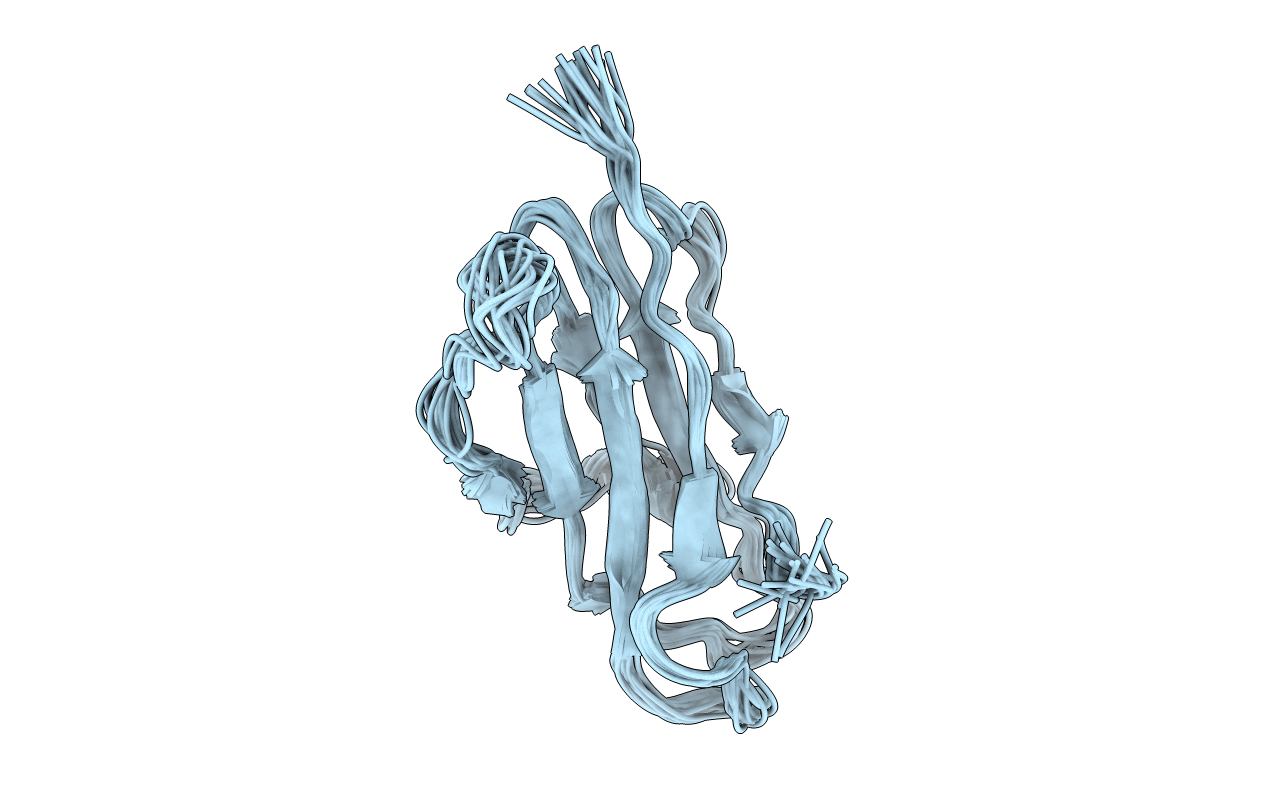
Deposition Date
2007-09-06
Release Date
2007-09-25
Last Version Date
2024-11-13
Entry Detail
PDB ID:
2VB5
Keywords:
Title:
Solution structure of W60G mutant of human beta2-microglobulin
Biological Source:
Source Organism:
HOMO SAPIENS (Taxon ID: 9606)
Host Organism:
Method Details:
Experimental Method:
Conformers Calculated:
300
Conformers Submitted:
20
Selection Criteria:
LEAST RESTRAINT VIOLATION


